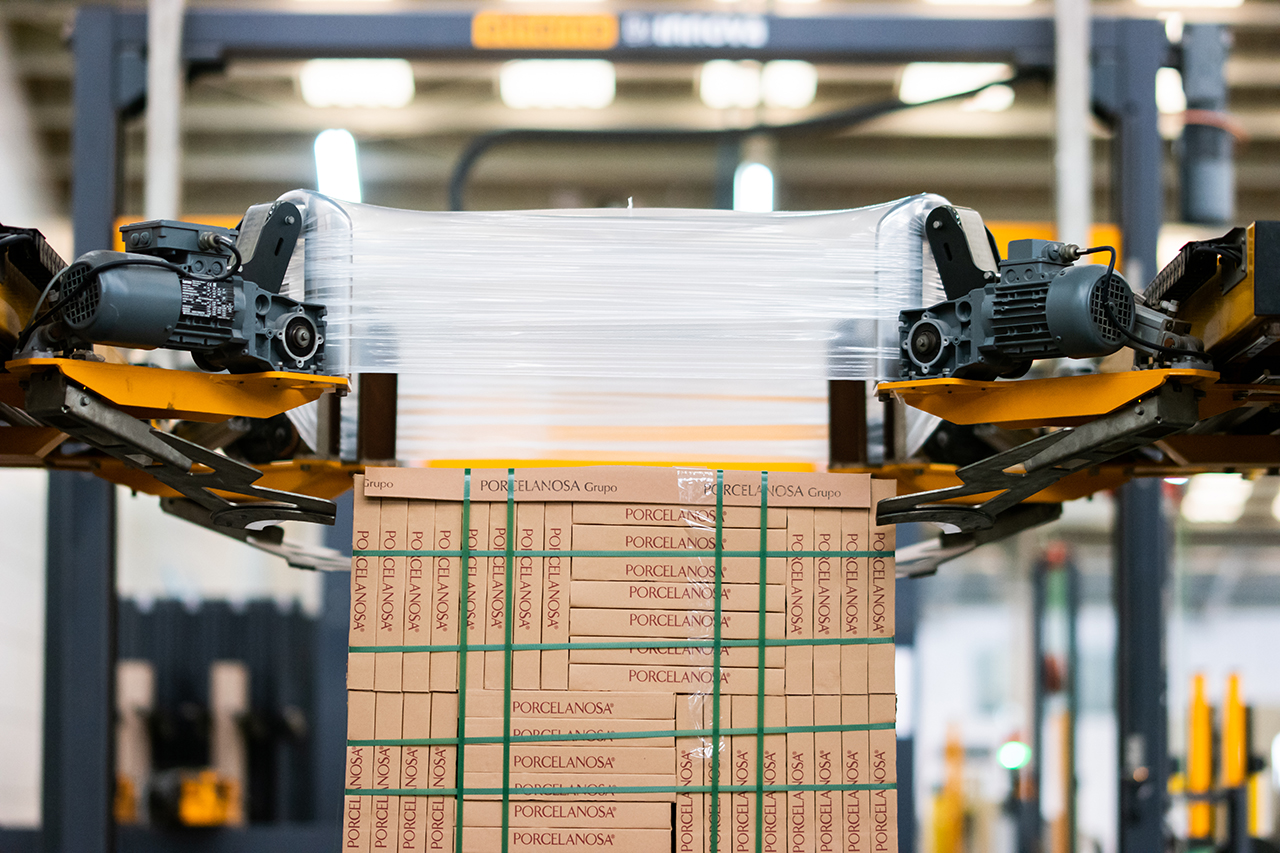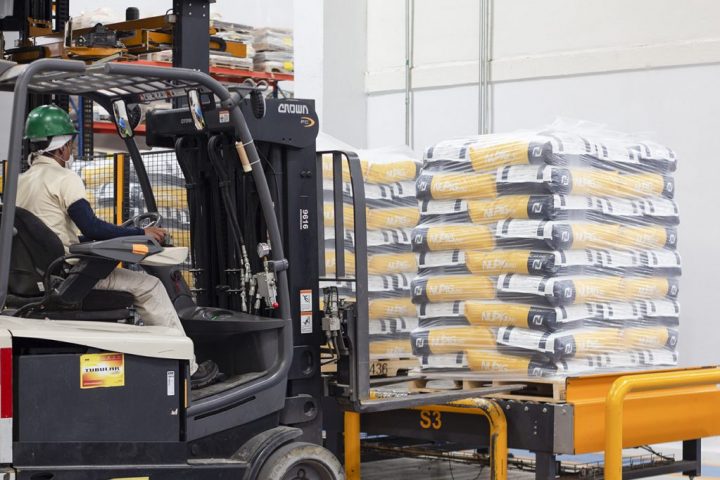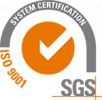Carbon Footprint Calculation and How to Reduce It Through End-of-Line Packaging
Being sustainable is no longer optional; it’s a growing requirement across all sectors. Increasingly, companies are facing the challenge of reducing their environmental impact in response to the ongoing evolution of new sustainability regulations. Just recently, for instance, Spain approved a Royal Decree requiring certain organizations to calculate their carbon footprint, develop emission reduction plans, and publish them transparently.
For businesses, these new regulations present both a challenge and an opportunity to differentiate themselves through efficiency and sustainable innovation. In this article, we explain how companies must calculate their carbon footprint and how Innova’s packaging systems can help them adapt to this new regulatory framework.
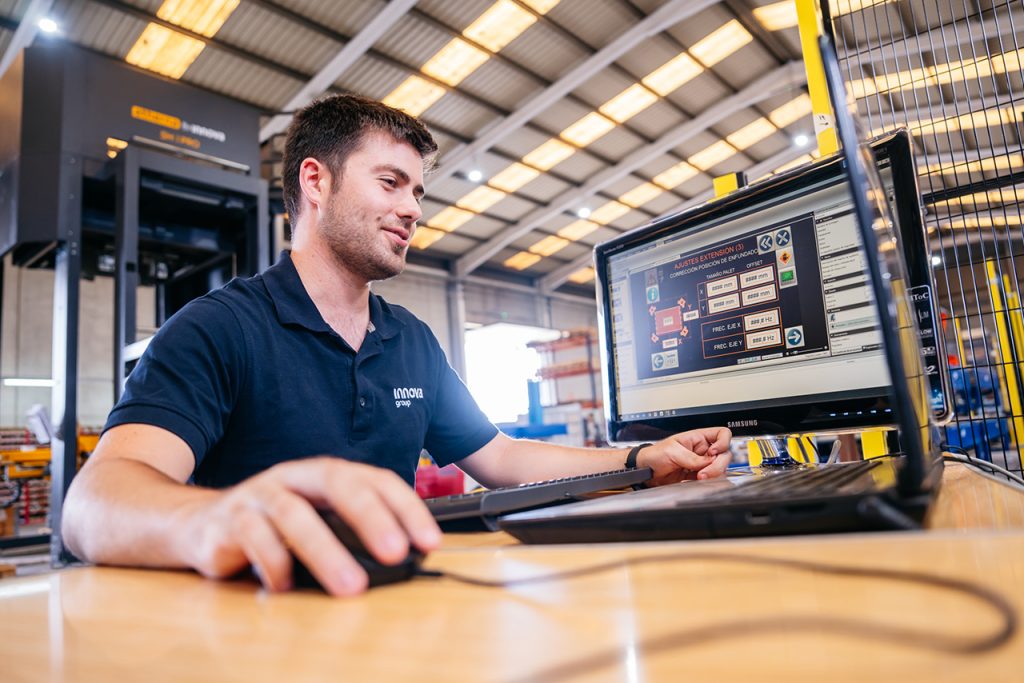
How should the carbon footprint be calculated?
The carbon footprint must be determined using globally accepted methods and consistent, comparable technical standards. Important aspects to address include:
Applicable standards and norms:
- ISO 14064-1: For calculating greenhouse gas emissions at the organizational level.
- ISO 14067: For product-level carbon footprints.
- Included gases: The six gases regulated by the Kyoto Protocol must be included at a minimum (CO₂, CH₄, N₂O, HFCs, PFCs, SF₆).
Scopes to consider:
- Scope 1: Direct emissions generated by the company (e.g., fuel use in facilities or owned vehicles).
- Scope 2: Indirect emissions associated with energy consumption.
- Scope 3: Indirect emissions generated along the company’s value chain (such as freight transport, product use, end-of-life, etc.).
Verification:
- Although not always mandatory, external verification of calculations is recommended to ensure their reliability, especially in the case of public commitments or voluntary reduction plans.

What is the decarbonization plan?
It is a strategic document that companies must prepare. Its purpose is to clearly outline how the organization plans to reduce its carbon footprint in the coming years. This plan must include:
- Specific emission reduction targets: Provided percentages and deadlines according to the carbon footprint calculation results.
- Detailed action measures: Actions such as adopting renewable energy, modifying production processes, or optimizing transport and logistics.
- Timeframe: A minimum of five years, with annual reviews of compliance progress.
- Tracking indicators: A system for assessing emissions reductions using measurable and verifiable indicators.
- Publication and transparency: Companies must disclose the plan, ensuring it is realistic, technically justified, and aligned with corporate values.
Many companies face the challenge of applying these requirements to their daily operations. For many industries, end-of-line packaging plays a crucial role in reducing their carbon footprint. That’s why Innova Group, as a manufacturer of packaging systems, wants to share two practical ways to help clients move toward decarbonization.
We Assist You in Calculating the Carbon Footprint of Your Packaging Line
At Innova Group, we can provide accurate technical data on our packaging systems. These figures help quantify the environmental impact of the end-of-line process
- Energy consumption per cycle: Each machine has a specific energy usage that varies depending on product type or line speed.
- Film consumption per pallet: Our systems enable the calculation of average film usage, which is vital for estimating annual material consumption.
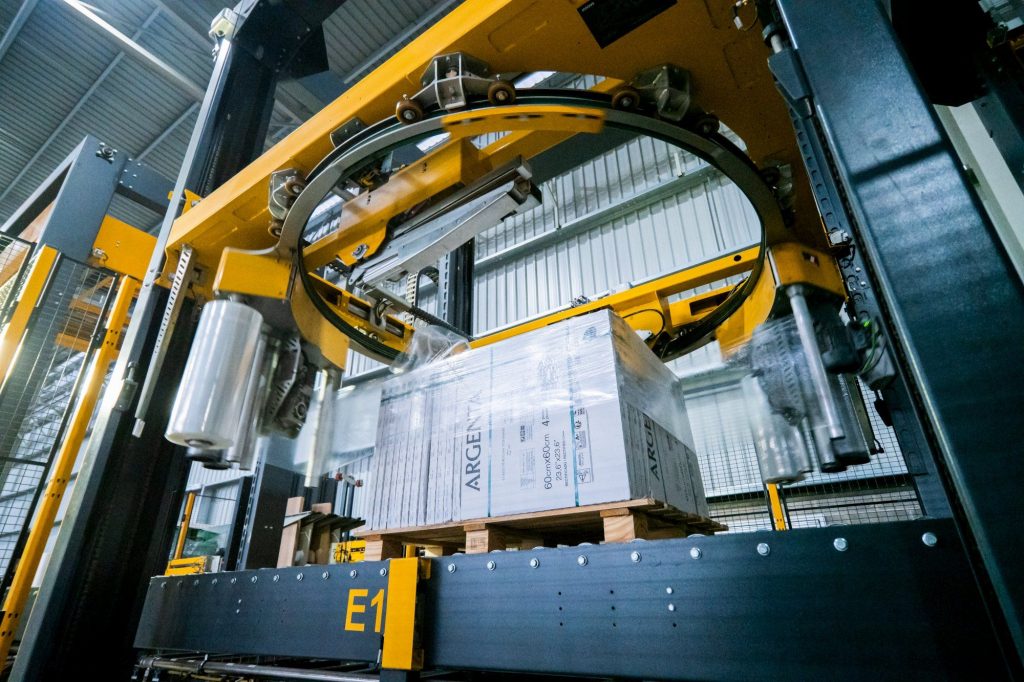
- Compatible consumable types: We specify whether the system supports recycled film or other environmentally friendly materials.
- Maintenance frequency and conditions: Data on inspections, part replacement, or component durability, all of which directly influence equipment lifespan and long-term performance.
- Operating speed and process efficiency: Number of pallets per hour, useful for connecting emissions to actual productivity.
This information not only helps accurately calculate Scopes 1 and 2 of the carbon footprint but also enables our clients to identify areas for improvement in their packaging process and optimize their decarbonization plans.
How can Innova systems assist in lowering the carbon footprint?
Innova Group’s packaging systems not only provide operational efficiency but are also designed to minimize material and energy use, thereby significantly lowering emissions.
1. Lower use of consumables
Our wrappers utilize pre-stretch film technology of up to 350%, greatly reducing material use per pallet without sacrificing containment. Additionally, the Cyclone wrapper is designed to work with recyclable paper film, providing a more eco-friendly alternative to plastic.

2. Efficient motors and components
Innova machines feature high-efficiency motors that use less energy per cycle, leading to lower energy consumption per pallet, something measurable and impactful.
3. Durability
The modular design of our machines facilitates maintenance and upgrades, helping to extend their lifespan. This reduces the need for premature replacements and decreases the environmental impact of end-of-life equipment.

In short, the approval of new sustainability regulations marks a turning point in how companies must manage their environmental impact. It’s no longer enough to simply claim sustainability—many companies are now required to measure, reduce, and transparently demonstrate their emissions.
At Innova Group, we are dedicated to supporting this transition toward a more sustainable industry. Contact our technical-sales team for more information on how our packaging systems can help you comply with the new regulation, reduce your carbon footprint, and move toward a more responsible and efficient production model.

